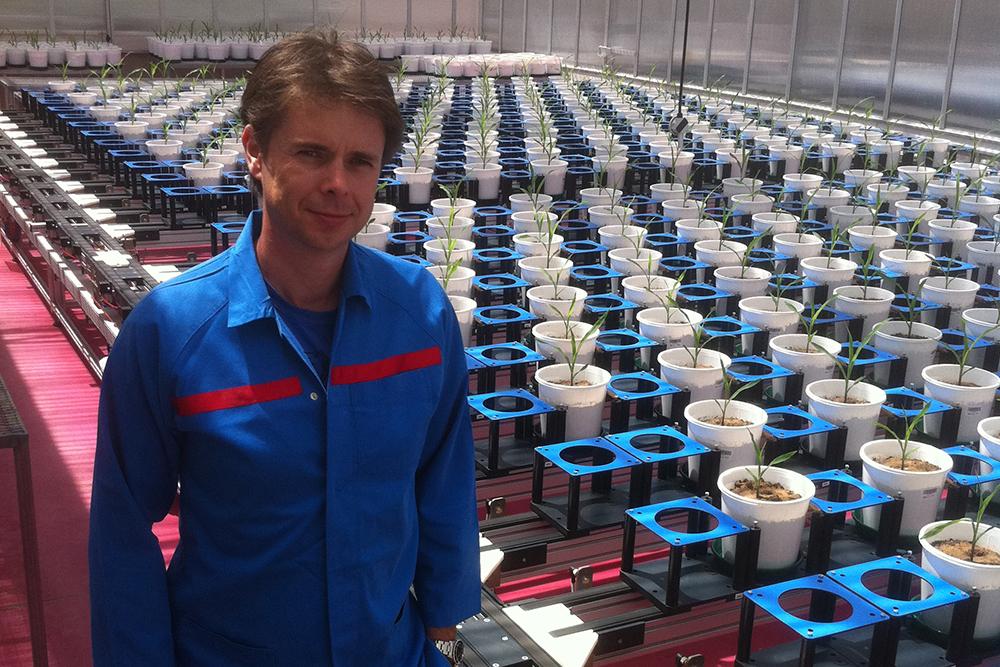Accelerating crop farmers’ adaptation to climate change

A valuable world-first application of the University of Adelaide’s AI image-analysis technology is in the agricultural sector.
Again led by Professor van den Hengel, the technology is being tailored to accurately estimate potential new cereal varieties’ yields after only very short periods of growth, enabling rapid identification of robust varieties able to thrive in harsh conditions.
Here too, the potential global impact is significant—a fact not lost on industry partner Bayer CropScience, which has signed on to help commercialise the ground-breaking technology. While food security has been on the international agenda for some time, the confluence of climate change and rising global population has elevated the issue to emergency status.
“It’s estimated we’ve already lost nearly 33 per cent of the planet’s arable land over the past 40 years through erosion and pollution,” says van den Hengel. “A further increase in global average temperatures could be catastrophic.”
In Australia, a major contributor to the world’s cereal stocks, climate models suggest drought could be as much as 20 per cent more common by 2030 across much of the country; and up to 80 per cent by 2070 in the crop-reliant south-west.
“This novel approach promises to transform crop breeding,” van den Hengel continues.
By using image analysis to understand plants’ shape and structure at all stages of growth, we’ll be able to identify and automatically measure attributes associated with high yields very early in test plants’ lifespans.
The system uses multiple images taken from numerous angles to construct computerised 3D models of the plants for analysis. Once completed, it will be incorporated into the University’s state-of-the-art Plant Accelerator facility, which provides important complementary capability.
“The Plant Accelerator’s fully robotic plant management system allows automatic and repeatable control of growing conditions for up to 2400 plants at a time, and enables automatic delivery of those plants to our imaging stations.
“That’s going to allow rapid, detailed and accurate estimations of vast numbers of crop varieties’ potential yields under all kinds of climate-change-related stresses, such as high salinity or drought. We’ve no doubt it will expedite the development of hardy, high-yield varieties and help improve global food security.”
